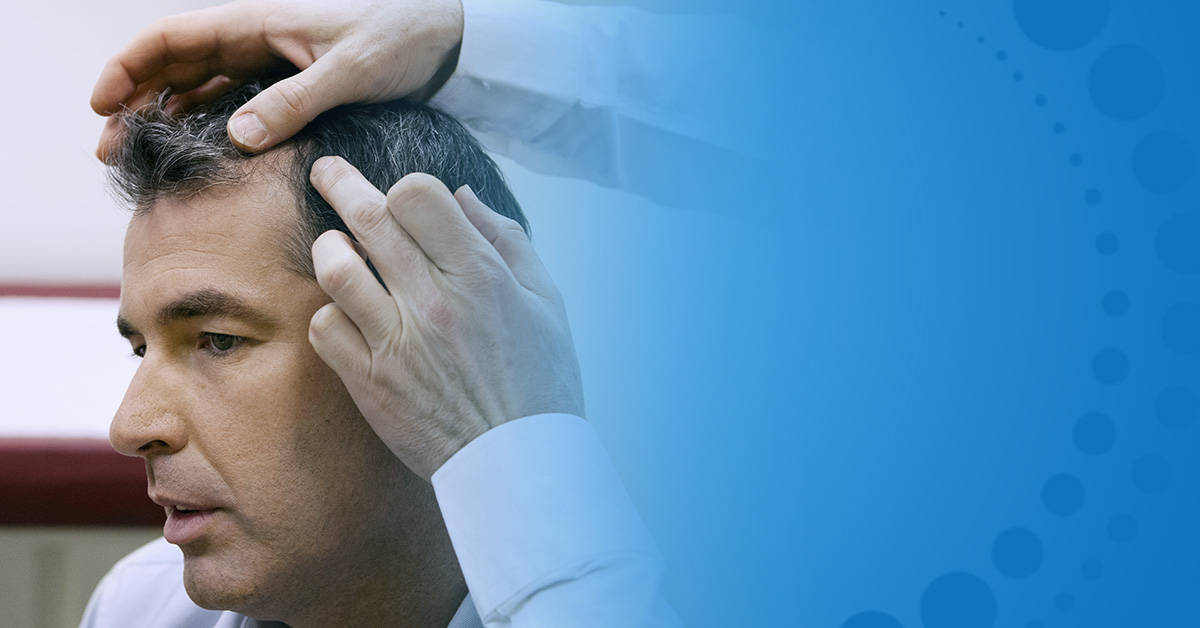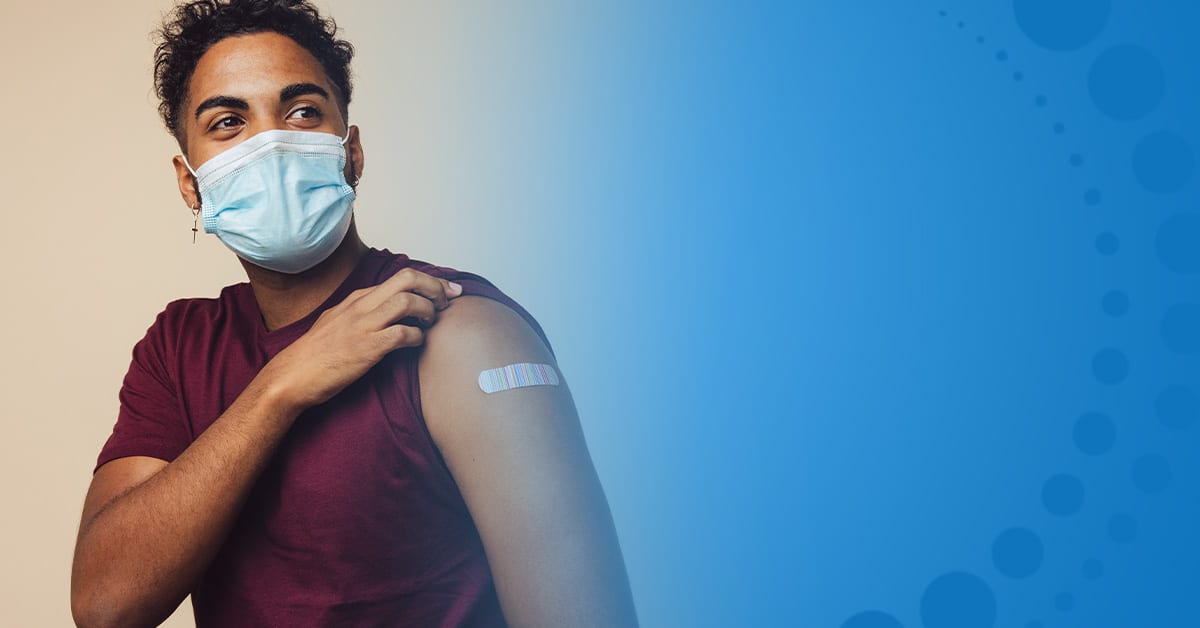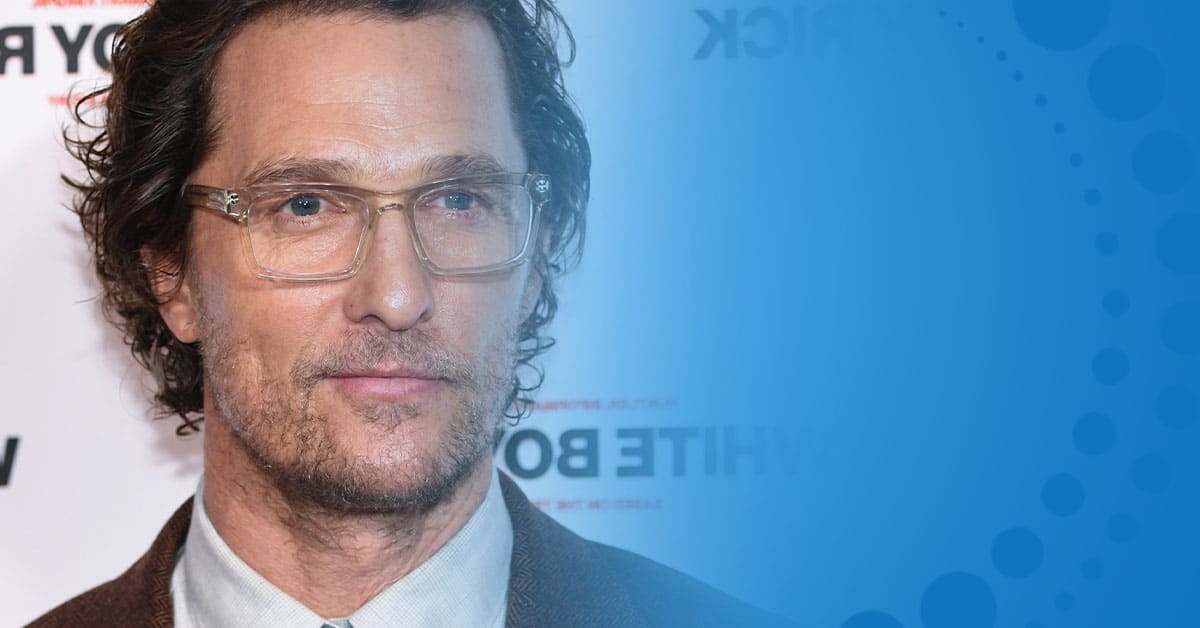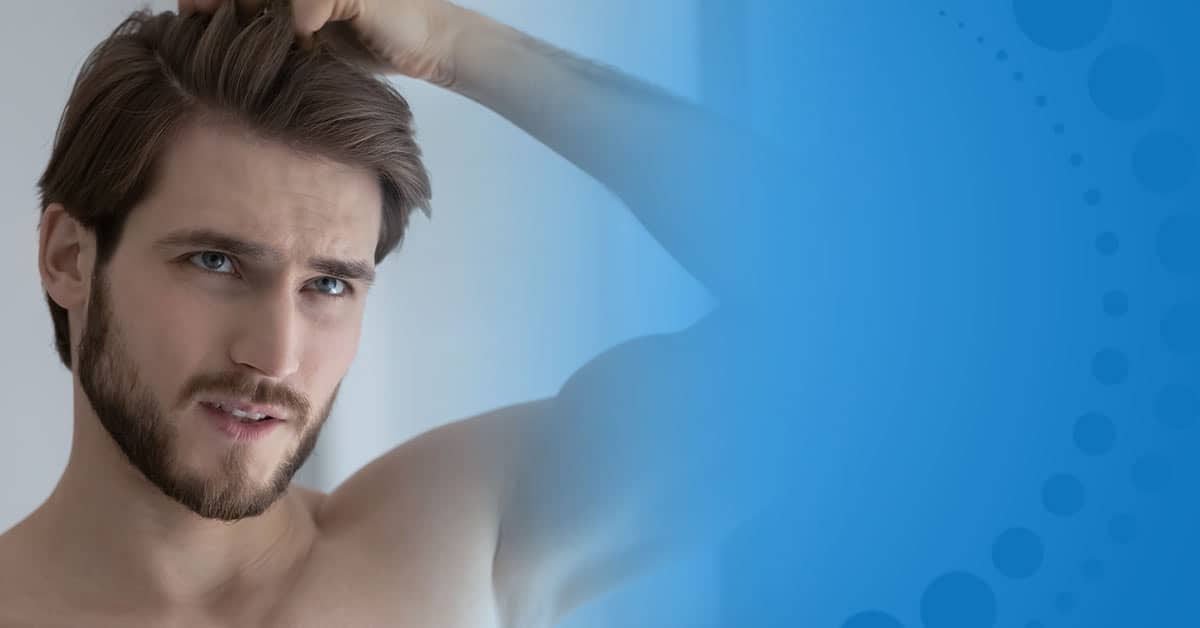The Precision of ARTAS®
When considering hair restoration, the sheer number of available options can be overwhelming. Of course, you want the best, most precise, and effective treatment for your type of hair loss. If you are experiencing male pattern baldness, that ultimately [...]
The Importance of the Initial Consultation
An ancient proverb states that a journey of a thousand miles begins with a single step. While your hair restoration journey will be significantly shorter, it also begins with a single step: your initial consultation. Your first appointment with [...]
Vaccines and Hair Loss
Myriad different things can cause hair loss. Every once in a while, hair loss is a side effect of another treatment. Do vaccines fall into that category? There is no doubt that vaccines have saved [...]
Matthew McConaughey Discusses Hair Restoration
It's no secret that celebrities have high-end doctors, nutritionists, personal trainers, plastic surgeons, and more at their disposal. That's why people were initially willing to believe a story that ran about a Beverly Hills doctor who claimed to have [...]
The Truth About Hair Loss Shampoos
The claims are compelling: pricey shampoos promise thicker, fuller tresses and lush regrowth of lost hair. This sounds wonderful… but are these assertions too good to be true? Do hair growth shampoos really work? As with so many claims [...]
Are You Too Young for a Hair Transplant?
Male pattern baldness – also known as androgenic alopecia – is a genetic condition that can affect men and women. In men, this hair loss can start as early as their teens or early twenties, [...]







